Archives
- 2025-10
- 2025-09
- 2025-03
- 2025-02
- 2025-01
- 2024-12
- 2024-11
- 2024-10
- 2024-09
- 2024-08
- 2024-07
- 2024-06
- 2024-05
- 2024-04
- 2024-03
- 2024-02
- 2024-01
- 2023-12
- 2023-11
- 2023-10
- 2023-09
- 2023-08
- 2023-07
- 2023-06
- 2023-05
- 2023-04
- 2023-03
- 2023-02
- 2023-01
- 2022-12
- 2022-11
- 2022-10
- 2022-09
- 2022-08
- 2022-07
- 2022-06
- 2022-05
- 2022-04
- 2022-03
- 2022-02
- 2022-01
- 2021-12
- 2021-11
- 2021-10
- 2021-09
- 2021-08
- 2021-07
- 2021-06
- 2021-05
- 2021-04
- 2021-03
- 2021-02
- 2021-01
- 2020-12
- 2020-11
- 2020-10
- 2020-09
- 2020-08
- 2020-07
- 2020-06
- 2020-05
- 2020-04
- 2020-03
- 2020-02
- 2020-01
- 2019-12
- 2019-11
- 2019-10
- 2019-09
- 2019-08
- 2019-07
- 2019-06
- 2019-05
- 2019-04
- 2018-11
- 2018-10
- 2018-07
-
The transcription factor activator protein AP
2023-12-11
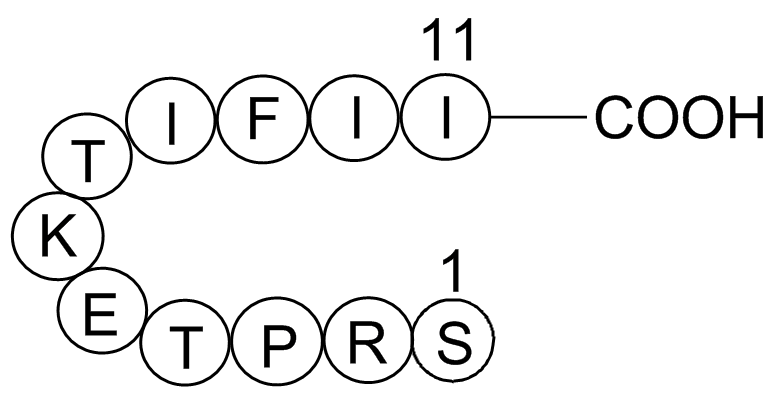
The transcription factor activator protein-1 (AP-1) is a redox-sensitive transcription factor whose activity is controlled by agents that perturb intracellular thiol concentrations [10,11]. AP-1 is mainly composed of Jun, Fos, and ATF protein dimers [12,13]. AP-1 mediates the regulation of numerous
-
SC-514 receptor The major phase trial NCT
2023-12-11
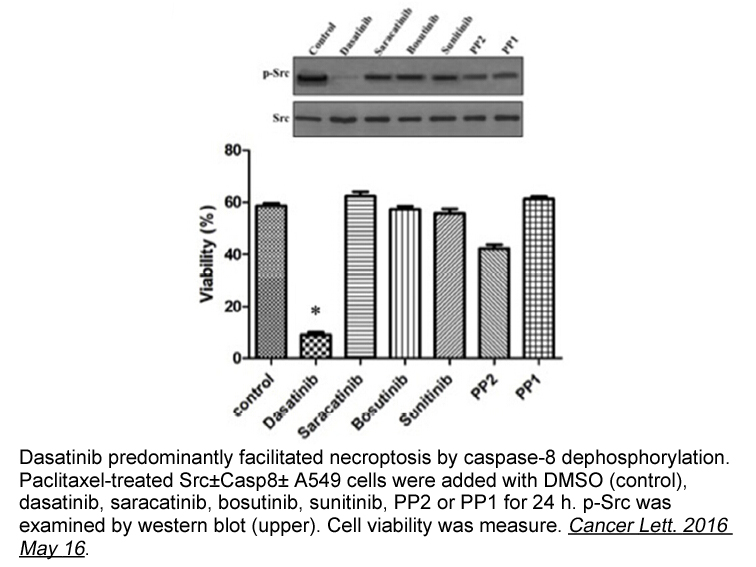
The major phase 2 trial (NCT01343966) enrolled 431 participants with mild to moderate AD who received either low-dose SC crenezumab 300 mg or placebo biweekly (n = 184) or high-dose intravenous crenezumab 15 mg/kg or placebo every 4 weeks (n = 247) for 68 weeks 38, 40. No significant treatment benef
-
br Experimental procedures br Results br Discussion br
2023-12-11
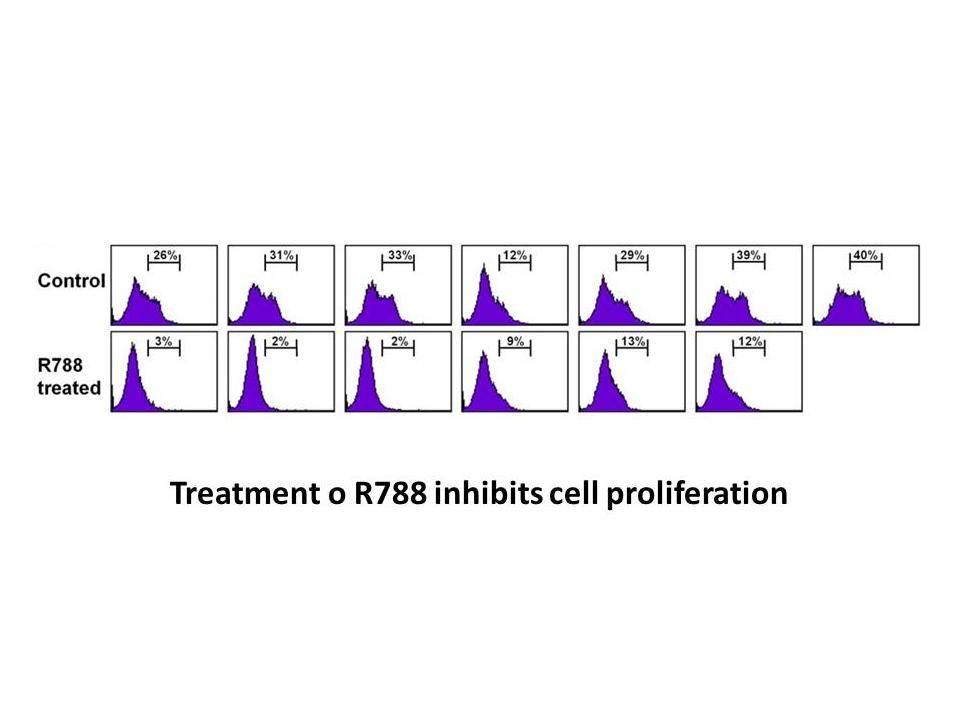
Experimental procedures Results Discussion Acknowledgments SRE and EBL contributed equally to this 3146 mg work. SRE, EBL, and MJT designed experiments, SRE, EBL, MCH, and AEI conducted experiments, SRE and EBL analyzed data, and EBL and MJT wrote the manuscript. We would like to thank
-
mk-801 In hypothalamus as indicated in Fig column A
2023-12-11

In hypothalamus, as indicated in Fig. 2 (column A) and following the enzymatic cascade represented in Fig. 1, we could hypothesize a predominance of Ang 2–10 and Ang III formation in SHR compared to WKY. This is in agreement with previous results that reported significant higher rate of Ang 2–10 for
-
br Understanding AD through Transcriptome Analysis Both clas
2023-12-11
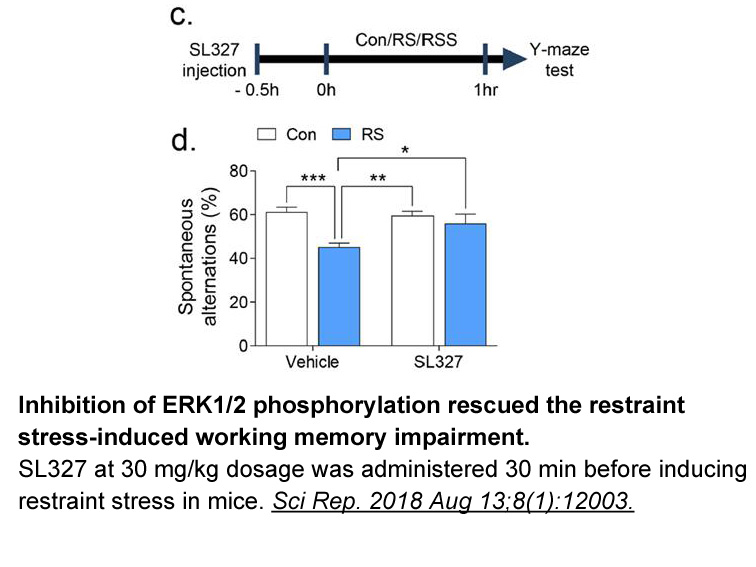
Understanding AD through Transcriptome Analysis Both classical gene discovery and pathway-based analysis of AD GWAS shed light on the range of biological processes that contribute to AD in addition to amyloid pathology. The straightforward interpretation and functional investigation of the associ
-
An ALK rearrangement was found in all the
2023-12-11
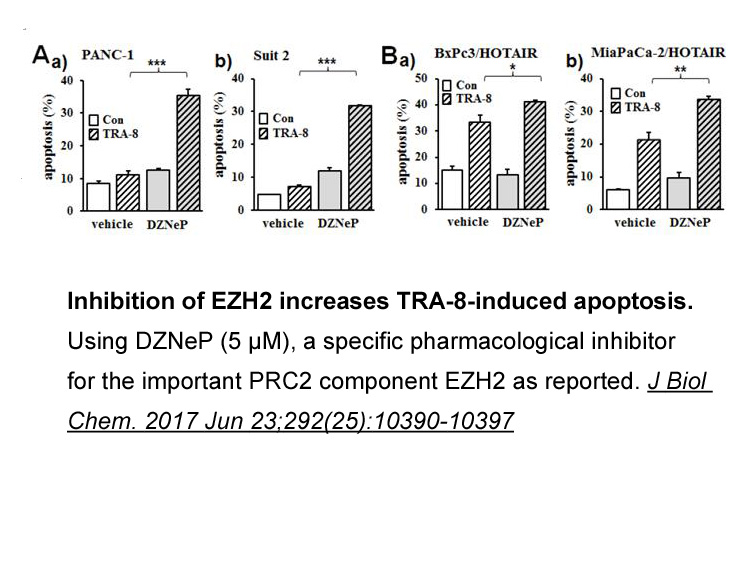
An ALK rearrangement was found in all the analyzable ‘truly positive’ IHC+/FISH+ samples, and the proportion of the various transcripts was in accordance with the literature [[26], [46], [47], [48]]. In these samples, the RNA-seq technique was therefore 100% sensitive and specific. Additional non-ta
-
Interestingly all of the ROS rearrangements share a constant
2023-12-11
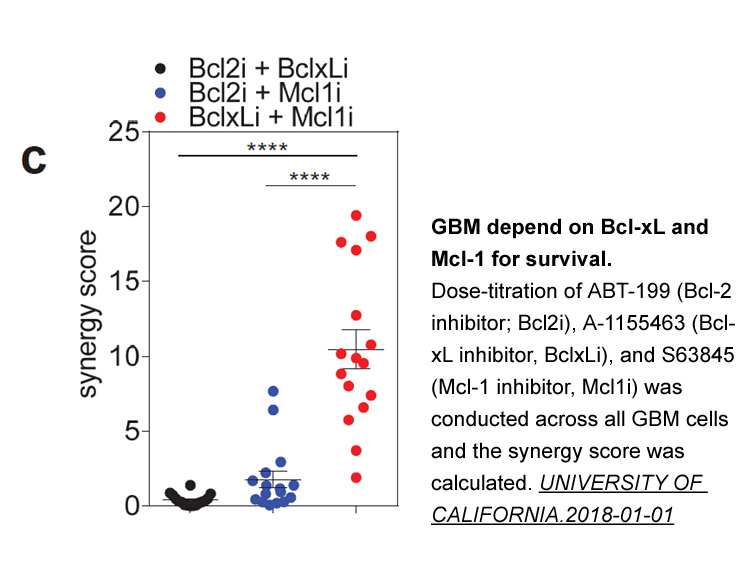
Interestingly, all of the ROS1 rearrangements share a constant breakpoint in ROS1 and the fusion product contain the kinase domain resulting in aberrant ROS1 expression with constitutive kinase activity. Intrachromosomal deletions and interchromosomal translocations have demonstrated the existence o
-
Erlotinib The study by Lo http www apexbt com media
2023-12-11
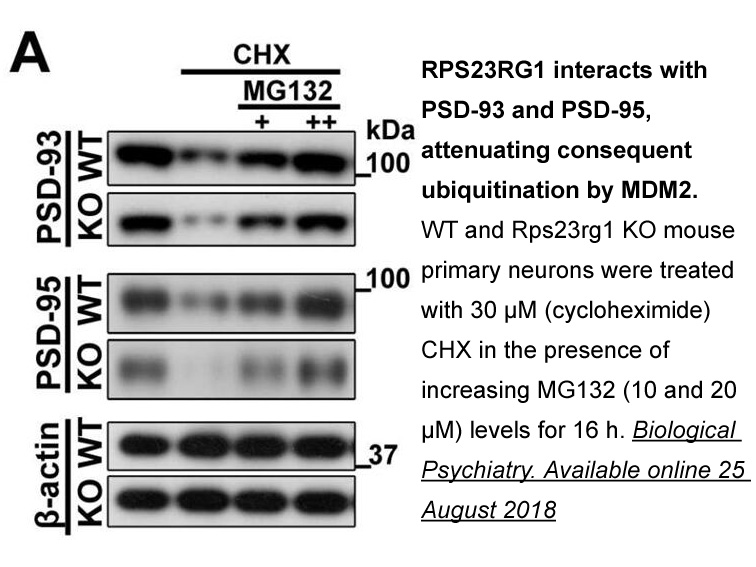
The study by Lowry et al. (2001) pointed toward functionally uncharacterized DA- and 5-HT-accumulating neurons within the DMH as a potential target for rapid nongenomic effects of CORT. Similar DA- and 5-HT-accumulating systems are distributed throughout the central and peripheral nervous systems, s
-
br Distribution of OCT in rat
2023-12-11
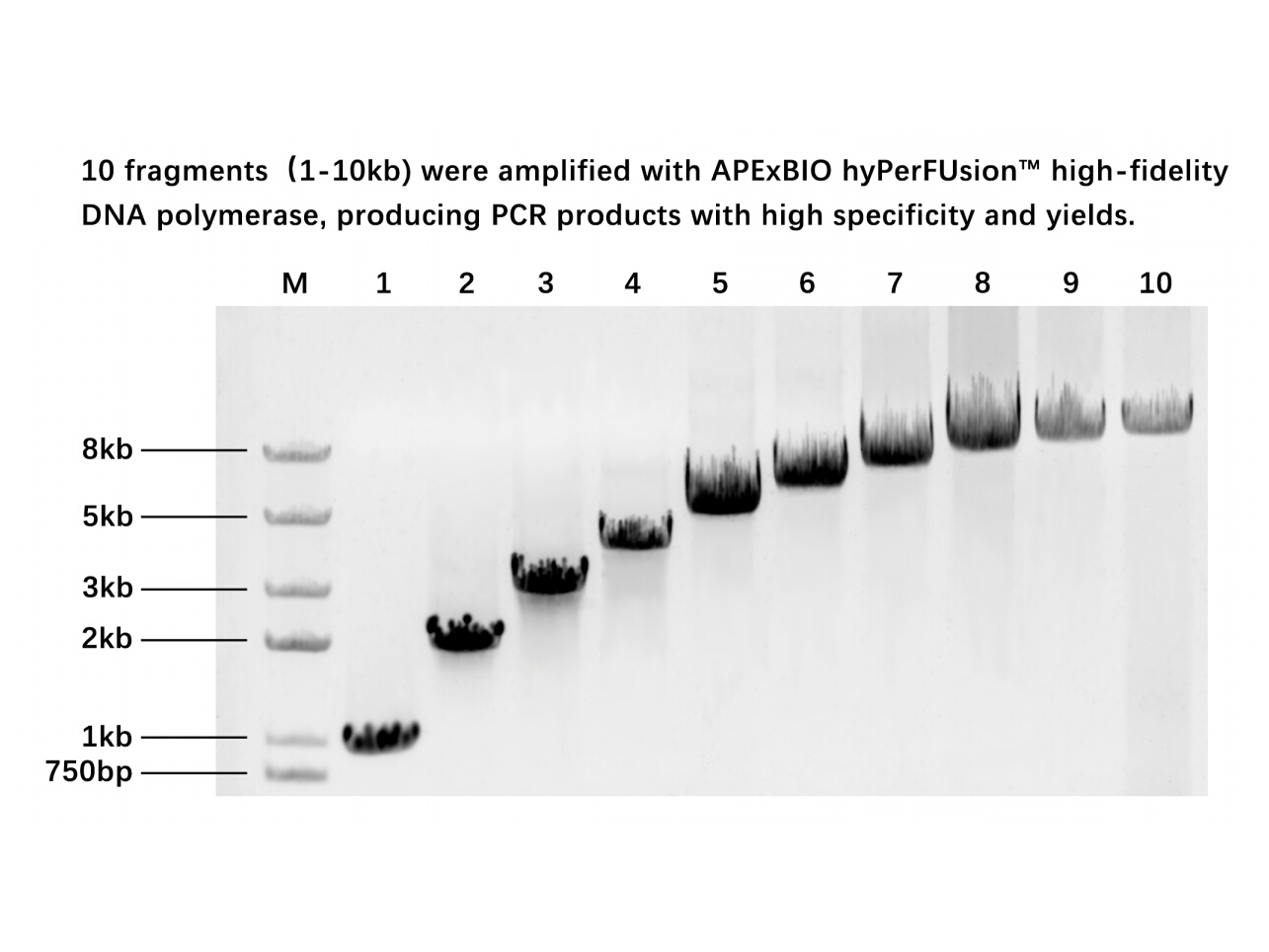
Distribution of OCT3 in rat brain To understand the potential roles of this corticosterone-sensitive monoamine clearance mechanism in the regulation of monoaminergic neurotransmission and behavior, and its potential contribution to corticosteroid actions on behavior, we examined the rostrocaudal
-
br Transparency document br Introduction G protein coupled
2023-12-11
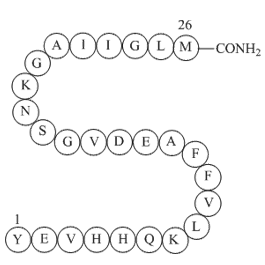
Transparency document Introduction G protein-coupled receptors (GPCRs) comprise a diverse family of seven transmembrane domain-containing receptors represented by over 800 genes in humans. GPCRs respond to a range of stimuli, including peptides, hormones, growth factors, lipids, odorants, and
-
The subdivision of HT receptors started in
2023-12-11

The subdivision of 5-HT receptors started in the 1950s by Gaddum and colleagues, when they realised that in the guinea pig ileum, the effects of 5-HT could be blocked in part by morphine (M), and in part by dibenzyline (D). Gaddum and Picarelli proposed two receptor classes, 5-HT M and 5-HT D (1957)
-
The enzyme plays an important role in the purine
2023-12-08
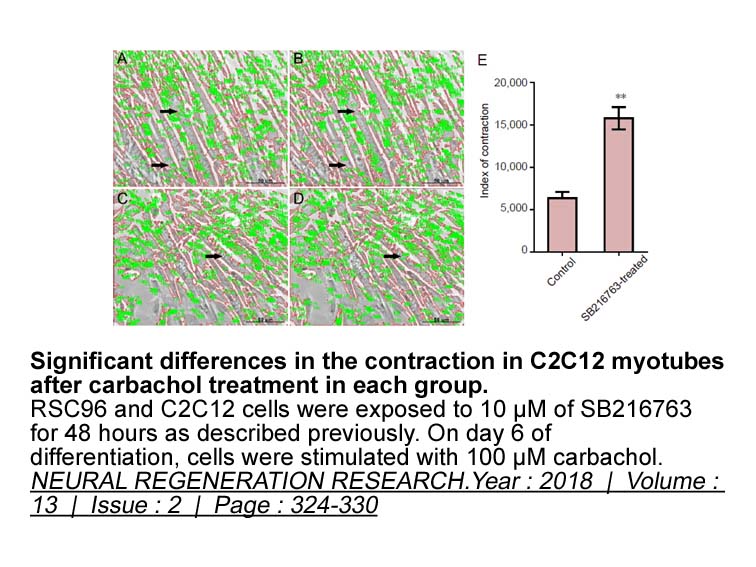
The enzyme plays an important role in the purine metabolism of this parasite. Like other parasitic protozoa, T. gondii is incapable of de novo purine biosynthesis and depends totally on preformed purines salvaged from the host cAMPS-Rp, triethylammonium salt for its purine requirements and survival
-
The srd a isoforms showed unique
2023-12-08
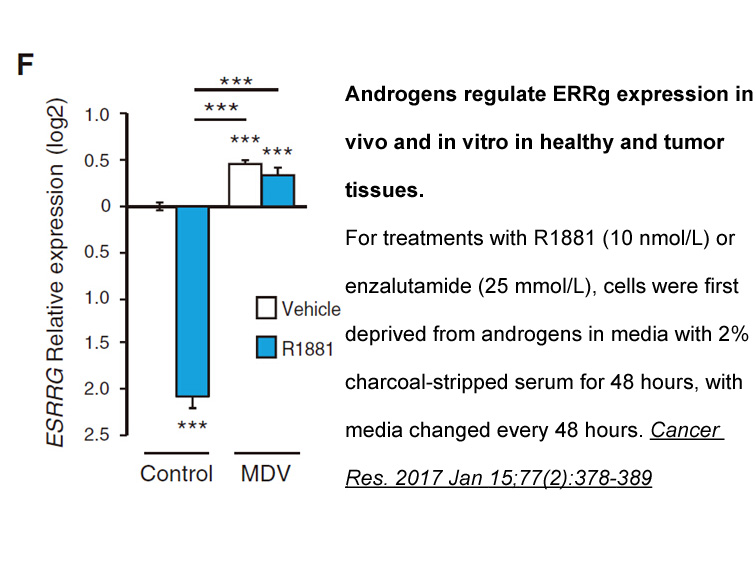
The srd5a isoforms showed unique expression profiles in early FHM development (Fig. 2). Similar to amphibian embryos, there was a high abundance of both srd5a1 and srd5a3 at 1dpf in FHMs, suggesting that mRNA for these enzymes may be maternally deposited and that these enzymes may play a key role in
-
In humans the major LOs
2023-12-08
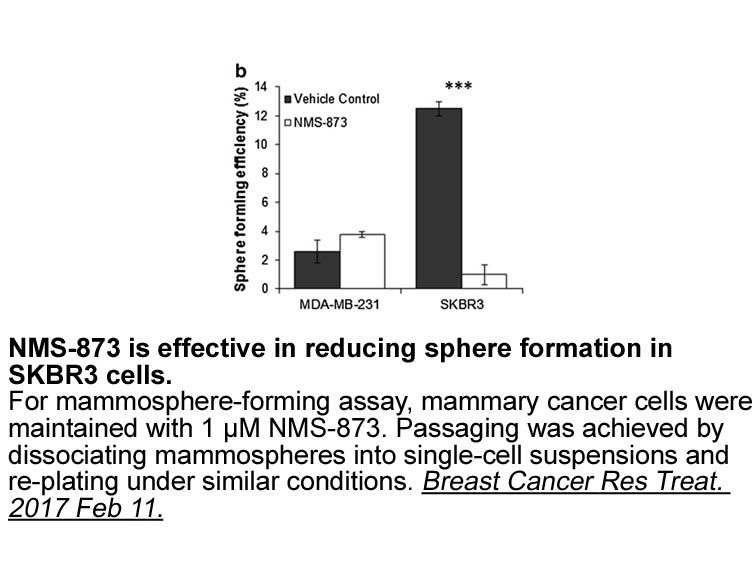
In humans, the major LOs are subdivided by their positional specificity into 5-(ALOX5), 12-(ALOX12) and 15-LO (ALOX15) (Kuhn et al., 2015). 5-LO is the key enzyme for LT biosynthesis and mainly found in mature cells from myeloid origin, including neutrophil, eosinophil and basophil granulocytes, mon
-
We found that several anticancer drugs inhibit HT receptor
2023-12-08
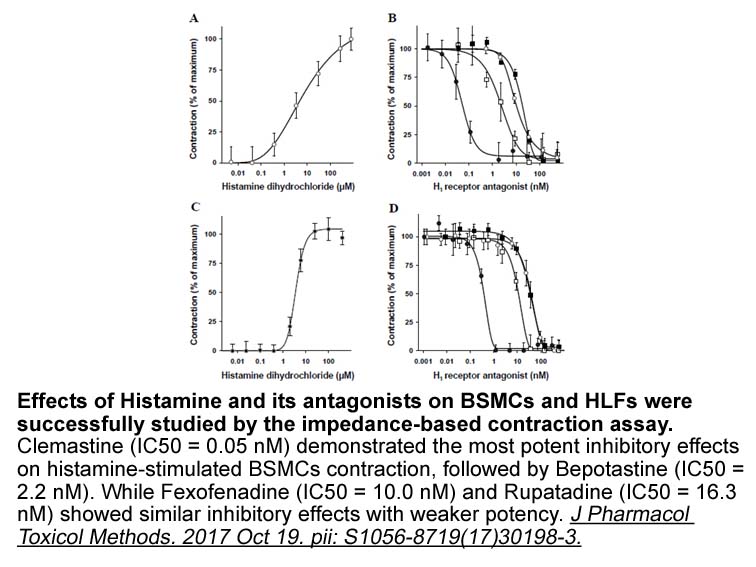
We found that several anticancer drugs inhibit 5-HT3 gsk3b inhibitor current in vitro. Several studies have suggested that 5-HT3 receptor antagonists have anti-mitogenic and apoptotic effects on colorectal and breast cancer cell lines (Ataee et al., 2010, Hejazi et al., 2015). Irinotecan is used fr
16298 records 230/1087 page Previous Next First page 上5页 226227228229230 下5页 Last page